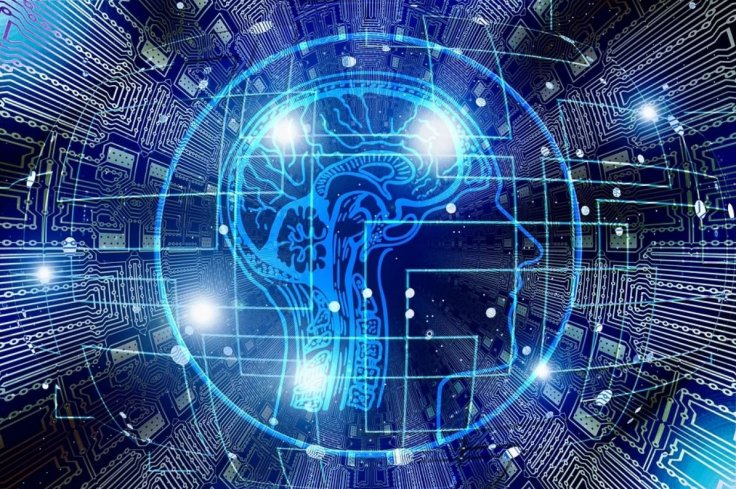Artificial intelligence has become an industry standard. The technology has been used in various industries to solve problems quickly and efficiently. Now, researchers are using the same technology to protect the environment and conserve animals. Researchers from British Columbia, Canada have implemented AI for facial recognition of bears to monitor their population.
The climate change crisis is seen as a man-made disaster for various reasons. While it has impacted humans, the most affected are the animals who depend on the natural ecosystem to survive. Due to climate change, many animals have lost their food source, forcing them to migrate. Grizzly bears are not an exception. The bulky animals need up to 40 kilograms or (90 pounds) of food every day but with the reduction in salmon population and decreasing forests, their existence has been challenged.
Hence, the researchers launched the BearID project. With help of AI, facial recognition and deep learning, they have been studying bears on the west coast of British Columbia. "We're seeing grizzly bears move into areas where potentially they haven't lived or inhabited before. This can create interesting dynamics between people and wildlife, when large predators are moving into areas where potentially people aren't used to living around them," Dr Melanie Clapham, co-director of BearID project, told the Tech Republic.

BearID Project
BearID project was launched to monitor grizzly bears' population and their behavioral changes due to climate change. As they migrate to populated areas due to lack of food, their existence has been challenged by human settlements and other animals.
Dr Clapham and her team monitors bears' social behavior and identify them without using radio collars which require tranquilizers, an invasive approach. With trap cameras and watchtowers, researchers can monitor bears that migrate but some can't be easily recognized by human eyes.
"I spent a lot of time observing individual bears, and studying the differences between them, and getting to know individuals, and therefore being able to recognize between individual bears, but there are some bears that come into this population that we don't know, we can't easily recognize," Dr Clapham said.
AI and Facial Recognition
But this is a problem that has a technological solution — using AI and facial recognition algorithms. An AI-powered facial recognition software can identify changes in the human face. Like humans, bears too change in appearance over the years. Previously, researchers had to manually analyze trap camera images. While the method was not always accurate, it was also time-consuming.

But with facial recognition and deep learning, the BearID project has simplified the process. The researchers used trap camera images collected from Knight Inlet Park and crowdsourced images to train the algorithm. The AI was trained with 80 percent of those images while 20 percent was used to test the system. That way, the AI was able to uniquely identify bears, helping in monitoring their population.
"Traditionally, you'd have a researcher at a computer that's sat there, that has to go through every single photo, or every single video in detail, to look if there is anything to note featured in that image so any species, or anything that should be recorded. Obviously, that takes a lot of time," Dr Clapham said.

Limitations of AI
However, the data researchers used to train the AI model was not refined. "If a bear's face could be seen in the image, and specifically if we could see both eyes, that was what we were looking for, for the face to be detected," she said. While the system worked for some time, researchers found that the AI could not consistently identify bear siblings all the time. Now, researchers want to take a closer look at the errors that are forcing the AI to miss out on "like which of the bears it's getting wrong, when is it getting these bears wrong, and potentially why?"
Bears aren't the only animals scientists have been monitoring using AI. Researchers have also been developing an AI birdwatcher at solar power firms to understand the reason for bird deaths and mitigate the risks. Other animal conservationists have also contacted Dr Clapham to understand how her automated system works and if it could be applied to monitor other animals.









